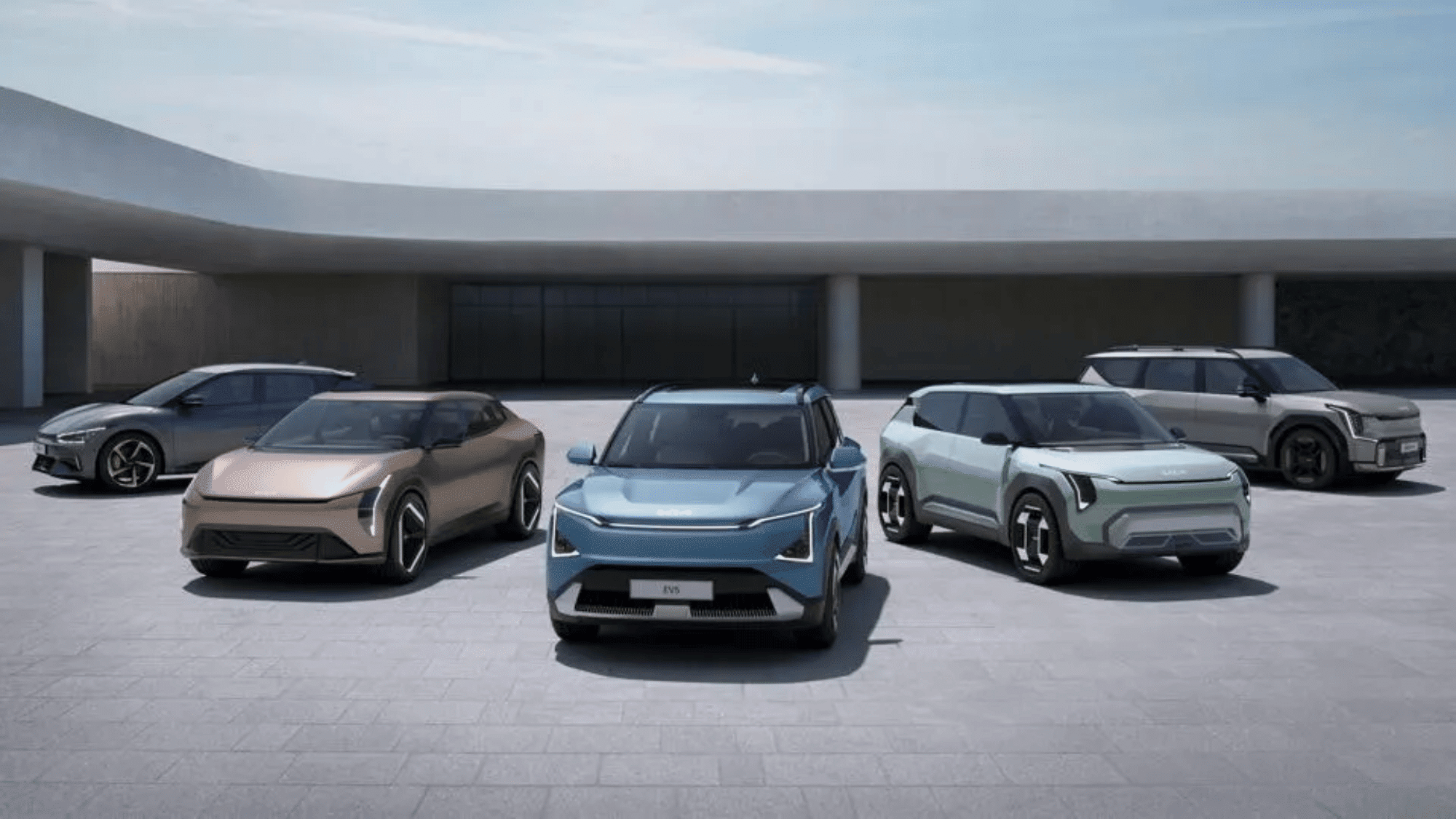Curious about those quiet cars you see plugging in at charging stations around town? Electric vehicles are becoming more common on roads everywhere as people look for alternatives to traditional gas-powered cars.
Understanding what does ev stand for in cars helps you grasp the basics of this growing transportation technology.
EV simply means electric vehicle, which refers to cars that run on electricity instead of gasoline or diesel fuel.
The shift toward electric transportation represents a significant change in how we think about personal vehicles.
This direct explains the fundamentals of electric vehicles and how they operate on a daily basis.
What Does EV Stand For in a Car?
An electric vehicle, or EV, is any car that uses one or more electric motors for propulsion instead of a traditional gas engine.
These vehicles are powered entirely or partially by electricity stored in rechargeable battery packs. Pure electric vehicles run completely on battery power without any gasoline component whatsoever in their design.
These cars must be plugged into charging stations or home outlets to replenish their battery power after driving.
The electric motor converts electrical energy from the battery into mechanical energy that turns the wheels. EVs produce zero tailpipe emissions since they don’t burn any fuel during operation on the road.
Types of Electric Vehicles

Image source: Forbes
Electric vehicles come in several distinct categories, each offering different power sources, ranges, and benefits for various driving needs and preferences.
1. Battery Electric Vehicles (BEV)
Battery electric vehicles run entirely on electricity with no gasoline engine or fuel tank at all. These pure EVs rely completely on rechargeable battery packs that must be plugged in to recharge after use.
BEVs produce zero emissions and offer the quietest driving experience among all vehicle types available.
The driving range varies by model but typically spans from 150 to over 300 miles per charge. These vehicles work best for people who can charge at home overnight.
2. Plug-In Hybrid Electric Vehicles (PHEV)
Plug-in hybrids combine a battery-powered electric motor with a traditional gasoline engine for extended range capability. These vehicles can drive on pure electric power for 20 to 50 miles before the gas engine activates.
PHEVs offer flexibility for long trips without worrying about finding charging stations along unfamiliar routes.
Owners can plug them in to charge the battery or simply use gasoline like regular cars. This dual system provides a transition option for people uncertain about going fully electric.
3. Hybrid Electric Vehicles (HEV)
Traditional hybrids use both an electric motor and gas engine but cannot be plugged in to charge. The battery charges automatically through regenerative braking and excess engine power during driving on roads.
These vehicles improve fuel efficiency compared to regular gas cars but still require gasoline to operate daily.
HEVs work well for people who want better gas mileage without changing their refueling habits significantly.
4. Fuel Cell Electric Vehicles (FCEV)
Fuel cell vehicles generate electricity onboard by combining hydrogen gas with oxygen from the air. This chemical process produces electricity that powers the electric motor with only water vapor as an emission.
FCEVs refuel with hydrogen at specialized stations in just a few minutes, similar to gas cars. These vehicles offer long range but face challenges with limited hydrogen station infrastructure.
Fuel cell technology remains less common than battery electric vehicles in today’s automotive market.
Understanding How Electric Car Engines Function

Image source: Chevrolet
Electric car engines work very differently from traditional gas engines that most people understand from experience. When you press the accelerator in an EV, electricity flows from the battery pack to the electric motor.
The motor converts this electrical energy into a rotational force that spins the wheels and moves the car forward.
What does EV stand for in cars relates directly to this electric propulsion system that replaces combustion engines. Regenerative braking captures energy when you slow down, sending power back into the battery for reuse later.
The battery management system monitors temperature, charge levels, and power distribution to optimize performance and longevity.
Benefits of Electric Cars
Electric cars offer numerous advantages over traditional gasoline vehicles, from cost savings to environmental benefits that appeal to modern drivers.
- Lower emissions: EVs produce zero tailpipe pollution, reducing air quality problems and greenhouse gas contributions significantly.
- Reduced costs: Electricity costs less than gasoline per mile, and EVs require less maintenance than traditional cars.
- Quiet operation: Electric motors run nearly silently, creating peaceful driving experiences without engine noise or vibration.
- Instant torque: Electric motors deliver immediate power, providing quick acceleration from stopped positions without delay.
- Energy independence: Charging at home reduces dependence on gas stations and fluctuating fuel prices over time.
- Government incentives: Many regions offer tax credits, rebates, and special perks for purchasing electric vehicles.
How Long Does It Take to Fully Charge an EV?

Image source: CNN
Charging time for electric vehicles varies significantly based on the charger type, voltage level, and your vehicle’s battery charging.
| Charging Type | Voltage | Approximate Charging Time | Best Use |
|---|---|---|---|
| Level 1 (Normal Home Outlet) | 120V | 20-40 hours for a full charge | Overnight charging at home for short daily commutes. |
| Level 2 (Home Charger) | 240V | 4-10 hours for full charge | Home or workplace charging for regular daily use. |
| DC Fast Charging (Public Stations) | 400-800V | 20-60 minutes to 80% charge | Road trips and quick public charging stops. |
The Future of EV
Electric vehicle technology continues to advance rapidly with longer ranges, faster charging, and lower prices each year.
Battery technology improvements make EVs more practical for everyday use as range anxiety decreases among potential buyers. Major automakers are investing billions in electric vehicle development and plan to phase out gas car production.
Charging infrastructure expands constantly with more public stations appearing in cities, on highways, and in remote areas nationwide.
Governments worldwide implement policies encouraging EV adoption through incentives and stricter emission standards for manufacturers.
Solid-state batteries promise even greater range and safety improvements within the next decade for consumers.
Conclusion
Understanding what is EV helps you appreciate the technology behind these increasingly common vehicles on our roads.
Electric vehicles represent a fundamental shift from internal combustion engines to electric motors powered by rechargeable batteries. Different EV types suit various needs, from pure battery electric to plug-in hybrids and fuel cells.
Electric motors function simply by converting battery power into motion with fewer mechanical parts than gas engines.
The future looks bright for electric vehicles as technology improves and infrastructure expands rapidly. Consider if an EV might fit your driving needs and lifestyle today.

